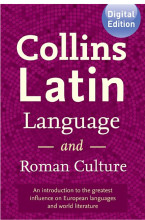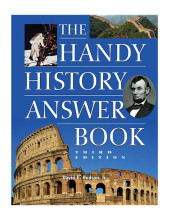Major Movements in Psychology - Attachment Theory
16 important questions on Major Movements in Psychology - Attachment Theory
Who was John Bowlby?
Disturbed by the dismissal of real-life events in the psychoanalytic world view, Bowlby's insistence on the real-time influence of the mother's presence often put him at odds with his colleagues.
Bowlby was also interested in ethology, the study of animal behavior, and eventually synthesized both psychoanalytic theory and ethology into his theory of infant-mother attachment.
What was Bowlby's concept of the internal working model?
What does it mean to be securely attached?
If the child ws distressed after the separation, contact with the mother was effective in soothing the child. This pattern of behavior is seen to reflect the child's felt security in the mother's availability and responsivity to the child's attachment needs.
- Higher grades + faster learning
- Never study anything twice
- 100% sure, 100% understanding
What does it mean to be insecurely attached?
Are insecurely attached children less attached to their parents than are securely attached children?
What kind of parenting results in securely attached babies?
What kind of parenting results in insecurely attached babies?
Mothers of resistant babies were found to be unreliably responsive to the child's attachment cues in the home setting.
How may the principles of behaviorism apply to attachment theory?
Avoidant attachment reflects the extinction of attachment-seeking behavior after these behaviors have consistently failed to elicit a response from the mother.
Resistant attachment reflects the opposite pattern, in which there is an increase of behavior in response to an intermittent reinforcement schedule.
Secure attachment reflects a consistent reinforcement schedule. The child has learned that attachment-seeking behaviors will be consistently and predictably rewarded, so the child simply performs them when needed and stops when they are no longer needed.
What implications does attachment style have for later child development?
Children who were classified as securely attached were more likely to have better relationships with peers and teachers in later childhood than those classified as insecure.
Insecure-resistant children showed overly dependent behavior with teachers while insecure-avoidant behavior showed overly independent behavior. These children were less likely to seek help from teachers when problem solving even if they could not solve the problems themselves.
Is your attachment status fixed by the time you're one year old?
When is attachment status more likely to change?
How can the three child attachment styles be mapped onto Mary Main's three adult attachment styles?
Enmeshed adults correspond to resistant babies.
Secure adults correspond with secure babies.
The enmeshed classification was later changed to preoccupied.
How do securely attached adults act?
On the AAI, secure adults give a coherent account of their childhood relationships with their parents and their generalized descriptions of the relationship are supported by specific memories.
In the same way that a securely attached child balances dependency and exploration, a securely attached adult balances emotion and thought.
What characterizes dismissing adults?
An idealized picture of childhood attachment relationships is presented though it is not backed up by supporting memories. The adult may describe his or her mother as "fine, normal, and a good mother" but only provide momories such as "Well, you know, she was always there. She was just a normal mother."
The impression is of a cool, distant relationship with minimal recognition of the child's emotional need for the parent.
How do preoccupied adults behave?
These adults are flooded with memories of attachment relations but cannot take the distance necessary to create a coherent, objective narrative. They provide contradictory, rapidly alternating views of their attachment relationships (she was loving, no she was really selfish) accompanied by a gush of vivid memories. In this case emotion predominates over rational thought.
Does a parent's attachment style necessarily translate into a child's attachment style?
However, the type of insecure attachment in adults is less strongly correlated with the type of insecure attachment in their children.
The question on the page originate from the summary of the following study material:
- A unique study and practice tool
- Never study anything twice again
- Get the grades you hope for
- 100% sure, 100% understanding
































